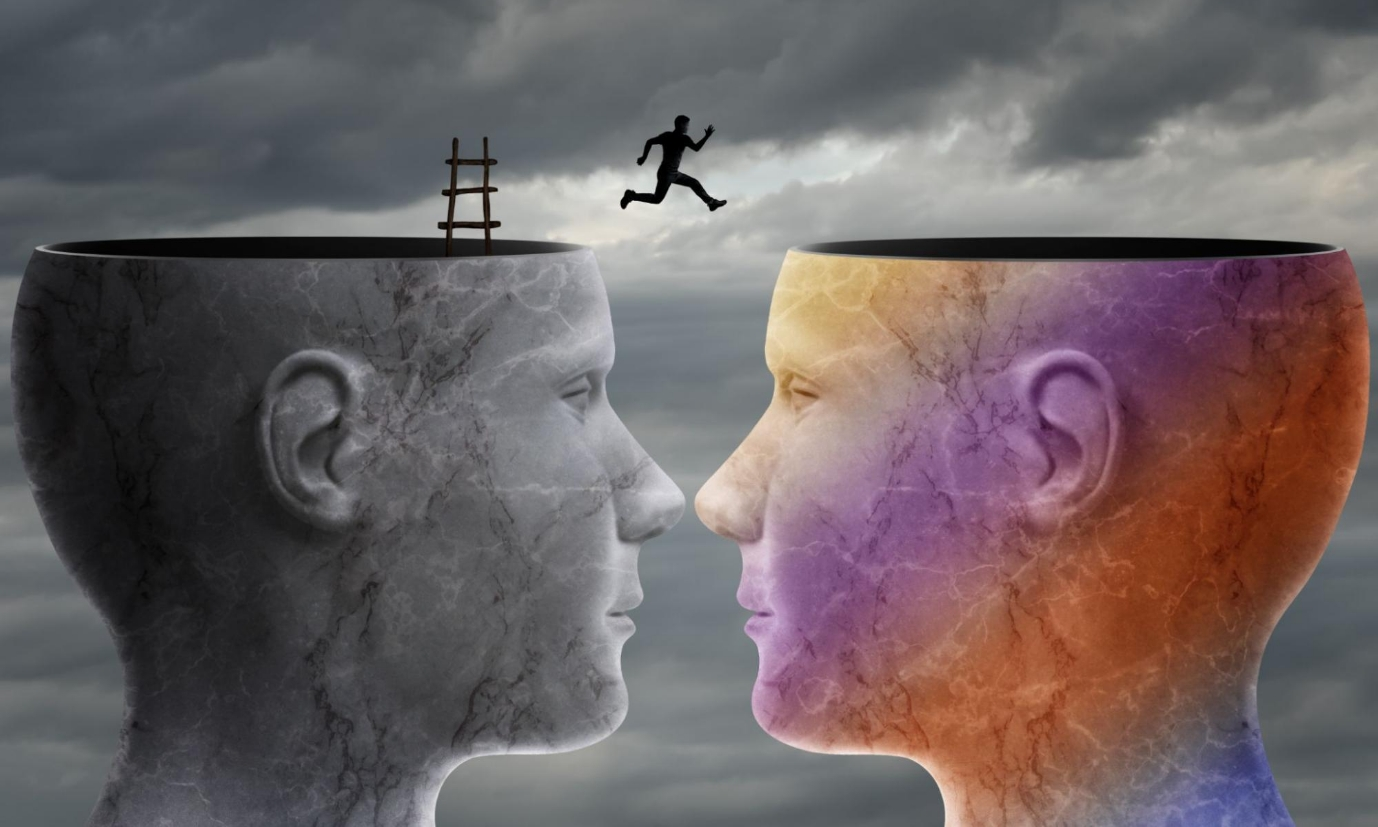You might have heard a lot of people say that “perception is reality”. So, what does this mean? This simply means that whatever we think of ourselves, others, and situations can shape our reality.
Let us understand this with an example: when shopping online, you read customer reviews to make informed decisions. A product may have a mix of positive and negative reviews, and your perception of those reviews can significantly influence your decision. Even if the majority of reviews are positive, if you come across a few strongly negative ones, your perception of the product’s quality might be negatively impacted.
Hello, I am Aishwarya Tharoor, a clinical psychologist and in this blog, I am going to talk about the power of perception, and the power of your mind in shaping your reality.
1. Perception: The Lens Through Which We See the World
Perception is a process through which one interprets things about oneself and surroundings. It can be shaped by our past experiences, interests, beliefs, expectations, emotional state, cultural and religious background, and sensory information like sight, touch, taste, and smell. For example, if you were bitten by a dog as a child or you have seen someone attacked by a dog, you may perceive all dogs as potentially dangerous, even if the dogs that you mostly encounter are friendly and harmless.
Here is another example of perception:
Perceptions are just thoughts based on your judgments and assumptions. When you start believing in those perceptions, and make decisions and do actions accordingly, then you start manifesting those beliefs in reality through your mind. You may ask why the mind does that. This is because our minds do not have the ability to directly “see” the external world in the way our eyes see physical objects. Instead, our perception of the world is constructed based on sensory information, past experiences, and cognitive processing. Let’s understand this with the help of a flow chart.
How Does the Perception of the Mind Shape Your Reality?







This takes us to our next topic.
2. The Power of Belief:
Beliefs are a fundamental component of perception. What you believe about yourself, others and the world has a profound impact on your reality. If you strongly continue to believe your perceptions whether positive or negative, we will start seeing that in our reality. So, the next time you think of something negative and it happens, don’t think that you had a correct perception because your strong belief in your perception made it your reality. If we believe that we are capable, deserving, and resilient, we are more likely to approach challenges with confidence and optimism. On the contrary, if we hold limiting beliefs, we may sabotage our own potential and create a self-fulfilling prophecy.
For instance, someone who believes they will never succeed in a particular field is less likely to put in the effort required to excel. Their belief becomes a barrier to their success, not because it is an accurate reflection of their abilities but because it shapes their perception and actions accordingly.
3. What Impacts the Perception?
There are a few factors other than past experience, interest, beliefs, etc that influence the perceptions that you create. Let’s discuss them:
The Influence of Emotions on Perceptions:
Emotions shape a person’s memories and are essential in helping them make important decisions in life. Our emotions can alter our perceptions. Positive emotional states make it easier for us to recognize possibilities, solutions, and the good in other people. On the other hand, unfavorable feelings may cause one to see the world incorrectly. For instance, when we’re upset, we could take neutral remarks personally and turn them into a confrontation.
Furthermore, our past emotional experiences can also color our current perception. A person who has been hurt by friends, family, or past relationships, or any person in general may be more likely to interpret ambiguous actions by those specific people as signs of betrayal, even when no betrayal is occurring.
The best part is that you can control your emotions to change perceptions, act better, and make decisions. You can have a look at this video below to understand how you can control your emotions in 4 simple steps:
Cognitive Biases Impact on Perception:
Cognitive biases are regular patterns of judgmental deviance from norms or rationality that frequently arise from our brain’s attempt to streamline information processing. These prejudices have a profound effect on how we perceive things. Common biases include the availability heuristic, which determines the likelihood of occurrences depending on how recently they occurred in our memory, and confirmation bias, which occurs when we look for evidence to support our preexisting ideas.
Here are some common cognitive biases explained:
Confirmation Bias:
- Description: Confirmation bias is the propensity to ignore or reject information that contradicts our preexisting views or hypotheses while seeking out, interpreting, and remembering information in a way that supports them.
- Example: If someone has a strong belief that a certain political candidate is the best option, they may actively look for and retain information that presents that candidate favorably while discounting or downplaying.
Availability Heuristic:
- Description: These are the mental shortcuts wherein individuals estimate the probability of an event by considering how quickly comparable examples or details are recalled. Stated differently, humans have a tendency to overvalue information that is easily recalled from memory.
- Example: If you recently heard the news about a shark attack, you might overestimate the likelihood of a shark attack when going swimming in the ocean, even though such attacks are relatively rare. The vividness of the news makes it more available in your memory and, therefore, more influential in your perception.
These cognitive biases show how our thought processes can be influenced by factors other than objective evidence or rational analysis. They can lead to skewed perceptions, as we may give more weight to information that aligns with our preconceived notions or to information that’s simply more accessible in our memory.
Selective Perception:
One of the most intriguing aspects of perception is selective perception. We don’t perceive everything equally. Instead, we filter and focus on specific aspects of our environment based on our interests, beliefs, and expectations. This selective focus can lead to entirely different interpretations of the same situation.
For example, two people attending the same event may walk away with vastly different impressions. One might focus on the positive aspects, while the other dwells on the negatives. This difference in perception can shape their subsequent emotions, attitudes, and behaviors.
Here is an interesting fact: Your eyes are always seeing your nose, but your brain is choosing to ignore it, and that’s why your nose is never blocking your field of vision.
Final words:
The power of perception is immense. It shapes the way we interact with the world, the opportunities we see, and the relationships we build. Our perception is not a passive process but an active one that can be influenced and molded. By understanding how our beliefs, emotions, and cognitive biases impact our perception, we can take control of our reality.
Changing your perception is not about denying the existence of challenging circumstances but rather about recognizing that the lens through which you view those circumstances can be adjusted. This awareness empowers us to create a more positive, resilient, and fulfilling reality. It’s a reminder that the mind is a powerful tool, and by mastering our perception, we can shape our own destinies. If you want more helpful resources like this, then follow me on my YouTube, Instagram, and Facebook channels, and keep reading my blogs.
